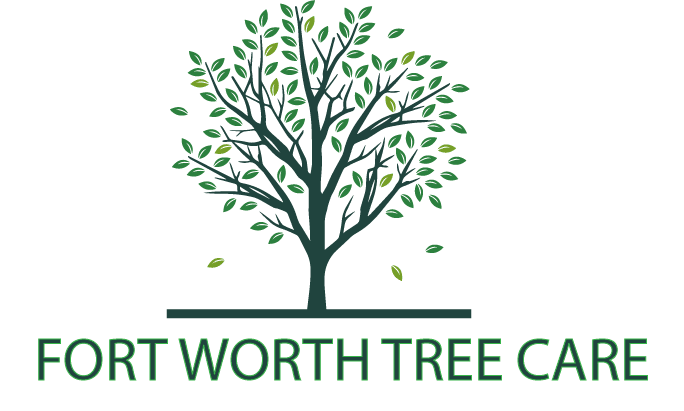Lace Bugs
Lace Bugs Treatment in Fort Worth
Lace Bugs Treatment - Tree Disease

The Main Causes of Lace Bugs
Lace bugs (referred to by certified arborists as their scientific name Corythuca ciliate) are even more a nuisance rather than a destroyer of trees; nonetheless, their harm is outwardly undesirable and if left uncontrolled their intrusion can lead to the death of the tree. These small insect pests’ range between 1/8 to 1/4-inch-long and show up as though they’re straightened and have clear, sensitive wings that resemble a lace.
Lace bugs are extraordinarily common, with more than 2,000 species worldwide and around 140 varieties all throughout North America. Fort Worth and the North Texas area have a solid presence of oak lace, Hawthorne lace, cotton lace, and lantana lace bugs and tree care specialists are acutely mindful of initial signs of their intrusion.
These private landscape nuisances are attached to numerous trees and plants that are ordinarily observed inside the DFW metroplex including sycamore, debris, willow, poplar, birch and hickory trees. Grown-up lace bugs spend the colder time of year covered up in bark cleft and eggs suffer winter stowing away in leaf veins until they show up known in spring. They duplicate quickly and can create upwards of five ages every year. Therefore, it is basic to contact an accomplished tree care company promptly if you notice these odd-looking creepy crawlies or notice your tree’s magnificence is declining.
The Diagnostics of Lace Bugs
Diagnostic assessment is swift for an accomplished plant pathologist since they are profoundly acquainted with common lace bug species inside the North Texas region and the numerous signs thereof. Starting signs are a general debilitated appearance of the tree being referred to and hanging, drooping leaves that are spotted with white, yellowish and here and there earthy colored discolorations on the top side of the foliage.
The Fort Worth arbor care professional will inspect the underside of leaves for dark spots and lace bug occupation. This leaf harm is because of the way that lace bugs drink the nourishing liquids from the leaves that the tree is reliant on. Tree covering tests will be inspected for concealed grown-up lace bugs.
The residential outdoor environment will be completely considered. The health of all trees will be evaluated because lace bugs’ first target are debilitated trees and plants. Upon positive affirmation of lace bug intrusion, the certified arborist will get ready and present a conclusion report and a customized treatment plan and continuous maintenance program.
Methods to Treating Lace Bugs
Professional elimination of seriously infested trees and any twigs dissipated foliage and ground squander is important to decrease the desired hosts that lace bugs recreate and feed upon. Standard sterilized tree pruning of tainted leaves and twigs by a tree managing service is critical to eliminate any lace bug hatchlings and forestall multiplication and expanded infestation.
Insecticides or bug sprays are successful in lessening and killing lace bugs; in any case, application strategies must be professionally regulated and observed by an arborist that treats sick trees. Usage of bug sprays is best by foundational microinjections, soil dousing, and trunk infusions since general showering of the open-air environment could bring about killing exceptionally attractive ladybugs which are characteristic hunters of lace bugs.
Keeping up ideal health of the trees is consistently one of the best types of protection and the best Fort Worth arborist will supervise the necessities of your outdoor residential environment and guarantee that your trees and grounds are beautiful and healthy for a long time to come.

- Tree Pruning
- Tree Cutting & Shaping
- Tree Limb Removal
- Tree Cabling & Bracing
- Full Tree Removal
- Stump Grinding in Fort Worth
- Stump Removal in Fort Worth
- Emergency 24/7 Tree Service
- Deep Root Injections
- Tree Planting
- Tree Fertilization
- Sick Tree Help
- Soil Aeration
Call for a Tree Health Inspection!
Typical tree diseases in Texas:
- Oak Wilt
- Chlorosis
- Hypoxylon Canker
- Brown Rot
- Fire Blight
- Tip Blight
- Post Oak Decline
- Leaf Spot Decline
- Phytophthora ramorum
- Tip Blight
- Root Rot
- Sudden Oak Death
- Bacterial Leaf Scorch
- Pine Gall Rust
Call today for help with diagnosing your sick trees Fort Worth.
